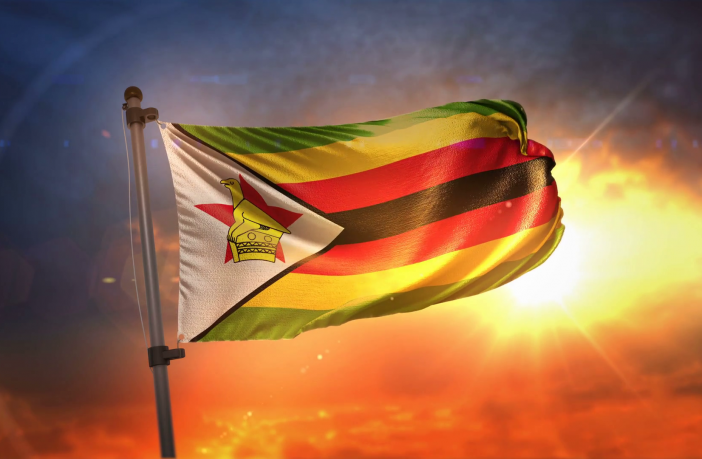- The Infrastructure and Development Bank of Zimbabwe (IDBZ) is scouting for investors to finance solar PV projects with a capacity to generate 235MW.
- Also in the mix are two mini-hydro plants.
The IDBZ was formed on the 31st of August 2005, taking over the assets and liabilities of the former Zimbabwe Development Bank (“ZDB”). It was primarily set up as a vehicle for the promotion of economic development and growth, and improvement of the living standards of Zimbabweans through the development of infrastructure, which includes but not limited to energy, transport, water and sanitation, information communication technology (ICT) and housing.
The bank has identified seven projects that make up the 235MW solar PV capacity plus two mini-hydro projects.
The identified projects include:
- 50MW Rufaro Solar Farm Project located in Marondera, 70km east of Harare, in Mashonaland East Province, Zimbabwe.
- 50MW Sable Solar Farm Project located at a farm in Kwekwe, in the Midlands Province.
- 20MW Gutu Solar Farm Project in Gutu, Masvingo, Zimbabwe.
- 10MW Plumtree Solar Project
- 50MW GDE Bulilima Solar Energy Project in Bulilima District, Matabeleland South Province, Zimbabwe.
- 5MW National University of Science and Technology (NUST) Solar Energy Project located on-campus.
- 50MW Gwayi Solar Project in Gwayi, Kusile District, Matabeleland North Province, Zimbabwe.
- 1,7 MW Osborne Mini Hydro Project at Osborne Dam situated approximately 35km from Mutare and 80km from Rusape.
- Odzani Mini Hydro Project This project will utilize the existing water canals and weirs at Odzani River (Mutasa District) which were previously used for hydro power generation. The project is currently at planning stage and capacity is unspecified.
Link to full Request for Proposal document here
The Zimbabwe Electricity Transmission & Distribution Company (ZETDC) implemented a wide scale load shedding programme last month plunging the country into darkness. The country has been forced to cut power generation at their Kariba Dam power plant due to low water levels. The dam, on the border of Zimbabwe and Zambia, is only 34% full and cannot generate electricity at optimal capacity. The utility is also facing generation constraints at Hwange Power Station
Related news: Zimbabwe’s head of Energy and Power Development, Minister Fortune Chasi also recently fired the entire ZESA Board Friday amid the load shedding crisis the country faces. Read more
More related news: The Minister also recently announced that he is contemplating cancelling over 30 Independent Power Producer contracts because the projects have never materialised. Read more
Author: Bryan Groenendaal
Seraphim Solar has a solar panel factory in South Africa servicing the African continent. Read more
Earlier this year, Seraphim climbed into Bloomberg’s Top 10 Tier 1 ranking making their modules highly bankable. EPC’s and IPP’s operating in South Africa and the rest of the African continent are encourage to place orders with Seraphim in order to support local industry and job creation.
Prices and range are highly competitive catering for the small and large scale projects. The Seraphim sales department is ready to take your enquiry, simply drop them a mail: sales@seraphim-solar.co.za or call the sales team on +27 87 373 0813
















